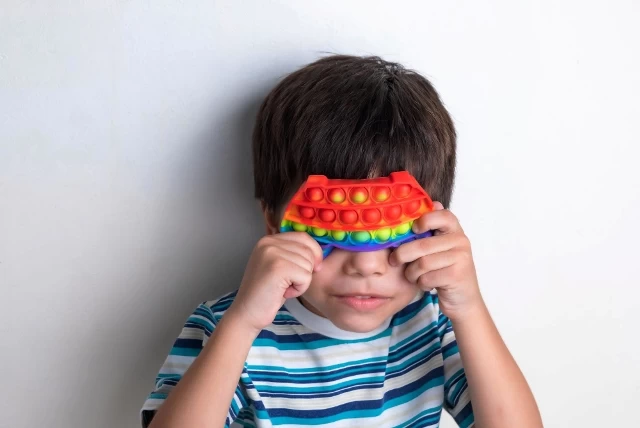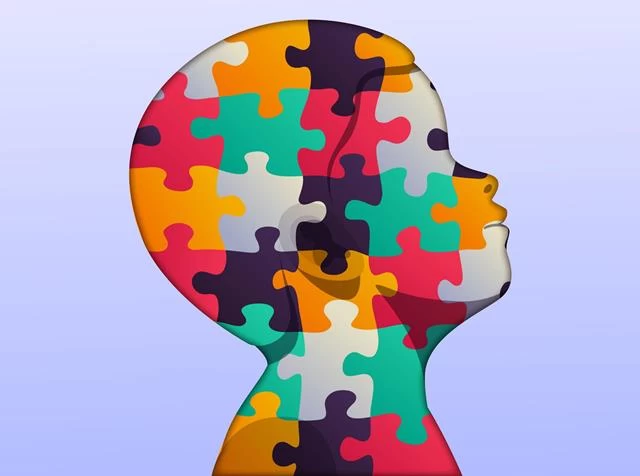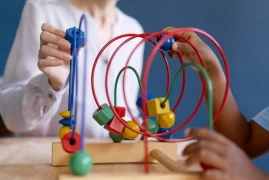
About Autism...
- About Autism...
- What Is Autism?
- What Are the Symptoms of Autism?
- The Importance of Early Intervention in Autism
- Neuroplasticity
- Autism Spectrum Disorder and Sports
Autism, as we all know, is a neurodevelopmental disorder that becomes apparent in the early years of life, characterized by limitations in social interaction, inability to communicate with others, restricted interests, and certain repetitive behaviors. The primary issue faced by children with autism is not a lack of learning, but rather an inability to engage with others, establish connections between events, and access knowledge of the world.
Autistic children often learn colors, letters, and numbers much earlier than their peers. These are rote facts, and their strong visual and auditory perception contribute to this. The real challenge lies in thinking, interpreting, establishing connections between events, predicting, reasoning, and deciphering communication signals.
What Is Autism?
Autism is a neurodevelopmental disorder that results in differences in communication skills, social interaction, and behaviors of an individual. Autism typically begins in childhood and persists throughout life. Autism is studied under the term "autism spectrum disorder" (ASD) because symptoms and severity can vary greatly among different individuals.
What Are the Symptoms of Autism?
Autism can encompass a range of symptoms and signs that vary from person to person. However, some general differences can be observed in the following areas:
- Social Interaction Challenges: Individuals with autism may struggle with making eye contact, understanding emotional expressions, and engaging in social interactions with others. Their ability to establish and maintain friendships is often limited.
- Communication Difficulties: People with autism may show differences in language development and communication skills. They might experience challenges in understanding or expressing language, and repetitive language use or echolalia may also be common.
- Limited and Repetitive Behaviors: Individuals with autism tend to focus on specific interests or engage in repetitive behaviors. For example, they might arrange objects in a certain order or follow specific routines.

The Importance of Early Intervention in Autism
The most effective intervention for autism occurs between 18 and 24 months of age. Interaction and play-based methods applied during this age range yield excellent results in reducing autism symptoms. The brain's plasticity is at its peak between the ages of 0 and 4, meaning it is malleable and can be shaped (neuroplasticity). During this period, early special education support should be provided, families should be guided, and all professionals working with the child should collaborate.
The real challenge, "interaction and communication," can be overcome by providing the necessary support. Just as typically developing children naturally gain access to knowledge about the world through daily life, children with autism spectrum disorder can also learn in the same way. It is essential to increase interaction and enjoyment through interaction and play-based methods during early childhood.
By thoroughly identifying the restricted areas of autistic children and applying appropriate strategies in their education, it is possible for them to catch up with their peers. The critical factor here is the age at which intervention occurs.
Neuroplasticity
The ability to organize connections in the brain, create new neural connections, and reshape existing ones. Without this ability, the brain cannot develop sufficiently or repair existing damage. Children with developmental differences need to create new synapses. For a developing infant, enriching the environment with sensory stimuli (vision, hearing, smell, touch) and motor stimuli is essential for the creation of new connections.
Engaging in interaction, enjoying activities, moving, and experiencing new things create new neural connections and synapses in the brain. To form new connections, sensory information from the body and the environment needs to be processed, specific goals and objectives need to be acquired.
Autism Spectrum Disorder and Sports
Sports are beneficial for all children, enhancing balance, movement, and motor skills. This applies equally to children with Autism Spectrum Disorder (ASD). Due to developmental issues in creating atypical connections and new pathways/synapses in various parts of the brain, children with ASD may encounter difficulties in learning new motor skills and forming new connections.
Each new movement creates new synapses/pathways in the brain. To enable the creation of new pathways, sensory information from the body and the environment needs to be collected, and specific goals and objectives must be acquired. Sports play a crucial role in enhancing motor skills, thinking, forming connections between events, body awareness, problem-solving, predicting and reasoning, attention and focus, and language-cognitive development for children with autism from an early age. Tailored programs should be developed for each child.





